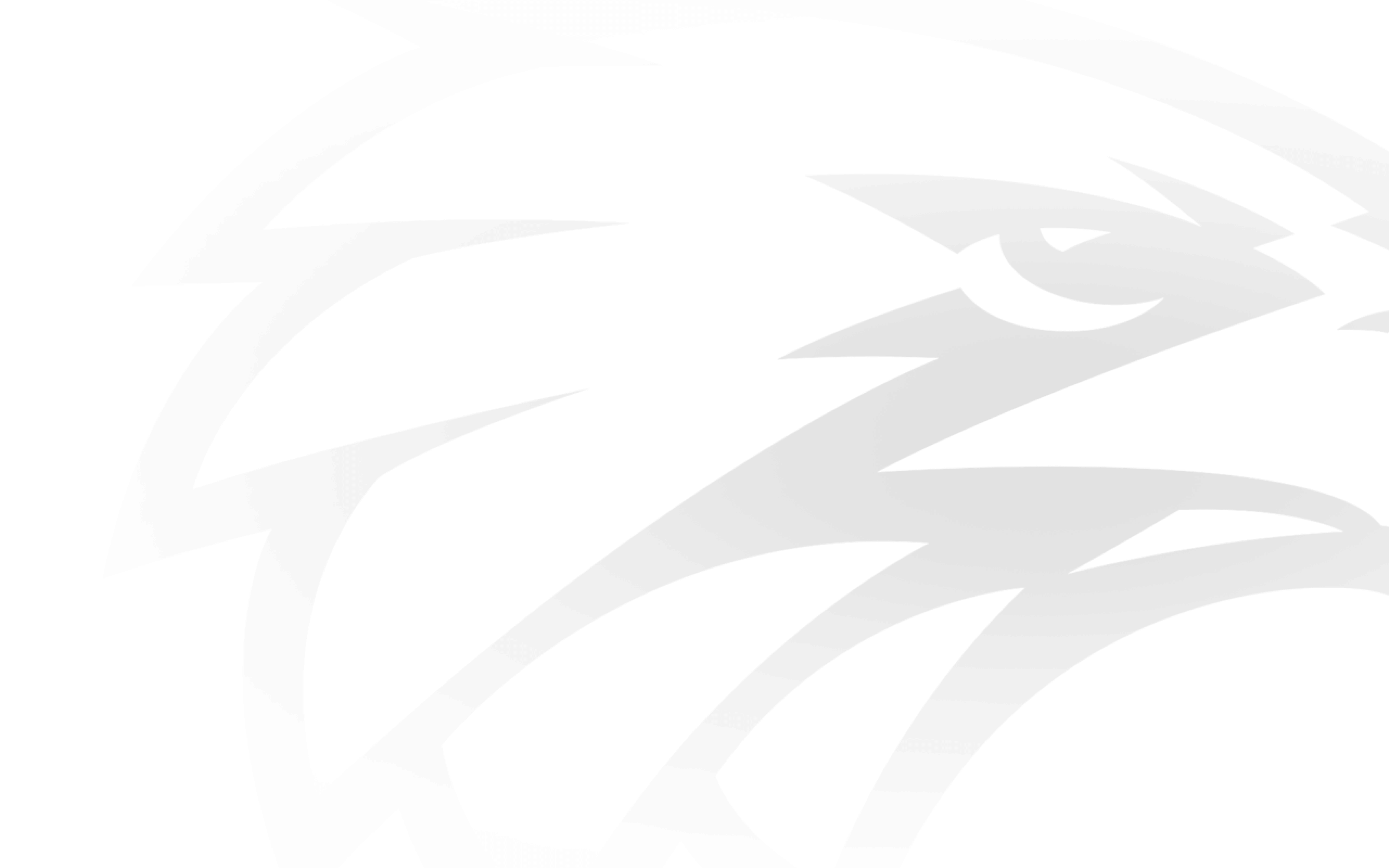Broadly speaking, sporting rivalries emanate from a close geographical proximity.
Like East Perth and West Perth, Collingwood and Carlton. And for global reference, Manchester United and Manchester City.
But one of the great rivalries in the AFL, created in the mid-2000s, involves two teams about 3500km apart. As far removed by distance as they are by culture, most particularly in the sense of our great Australian game.
The West Coast Eagles and the Sydney Swans could not have more diverse roots.
Our national sport has had a foothold in Western Australia for around 140 years. The West Coast Eagles were spawned from that traditional base in 1987. The genesis of the Sydney Swans traces back to South Melbourne, formed in 1874, but relocated from the crammed Victorian market to the harbour city in 1982 in a re-badged entity.
The Swans, in a nod to their past, bear the initials SMFC on the nape of their playing guernsey. They relocated to a staunch rugby market and have done remarkably well as pioneers for our game in the north-east.
It was between September 2005 and March 2007 that these two clubs forged an undeniable rivalry with six matches across that period, including four finals, two of them grand finals, and those games determined by a total of just 13 points.
The clubs split the epic 2005 and 2006 grand finals and in that period they created unprecedented records, including:
- Lowest total points difference across six games: 13 (next lowest: South Melbourne vs Melbourne, 28 points, 1898–1900)
- Lowest total points difference across five games: 9 (next lowest: Hawthorn vs Collingwood, 19 points, 1958–1960)
- Lowest total points difference across four games: 5 (next lowest: Footscray vs Hawthorn, 7 points, 1931)
- Most consecutive one-point games: 3 (six pairings share with two)
That string of matches was extraordinary; two conflicting game plans, two contrasting teams.
The Eagles boasted a dynamic midfield at the crux of its success. Chris Judd, Ben Cousins, Daniel Kerr, Andrew Embley and, of course, the ultimate in athletic ruckmen Dean Cox.
Sydney was not without its stars either, refer Adam Goodes, Michael O’Loughlin, Barry Hall, Ryan O’Keefe et al. But their modus operandi was based around blunting the influence of that celebrated Eagles engine room. The clashes were bruising, battles of will as much as skill. Attrition, almost a last man standing ethos.
The mutual respect gained from those ferocious contests will remain forever.
Just beyond the peak of that run of six extraordinary matches the two clubs also unified to acknowledge bravery on an incomparable level.
Since 2010 they have competed for the HMAS Sydney II Trophy, recognising Sydney as the home port and Western Australia as the final tragic resting place of a vessel that has a special place in Australian maritime history.
Celebrated for her successful battles in the Mediterranean, where she famously sank the Italian cruiser Bartolomeo Colleoni, HMAS Sydney (II) and her crew of predominantly young men received a hero’s welcome on her return to Australia in February 1941. She was then tasked with escorting troopships to South East Asia, following an Indian Ocean route along the west coast of Western Australia.
It was on the return of one of these voyages that she encountered the Kormoran, on November 19, 1941 off the WA coast near Shark Bay. The Kormoran was disguised as a Dutch merchant vessel, used the element of surprise and sank HMAS Sydney II, with all 645 crew perishing.
The Kormoran also sank but, 318 of its 390 personnel survived.
The HMAS Sydney II Trophy was donated to the West Coast Eagles and Sydney Swans by the Finding Sydney Foundation and has been the centrepiece of matches between the clubs since 2010.
The game honours the memory of the sacrifice made by HMAS Sydney's men and their families through the presentation of the HMAS Sydney II Commemorative Trophy.
The trophy displays Sydney's distinct badge, campaigns and battle honours in polished bronze on a jarrah base and backboard.
The Finding Sydney Foundation also provides a perpetual best on ground trophy, based on the casing of a 76mm shell fired by the HMAS Sydney IV.
HMAS Sydney II's short story was one of triumph against the odds; of courage and ingenuity in adversity; of free and independent spirits who became a team formed by the bonds of mateship and necessity, the trophy will be awarded to the "player who shows the greatest courage and skill in adversity, teamwork and fighting spirit.
The Eagles and Swans pay homage to that spirit in this annual fixture.


